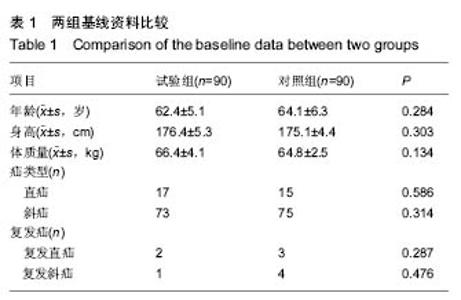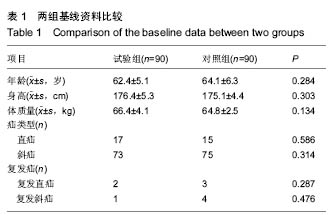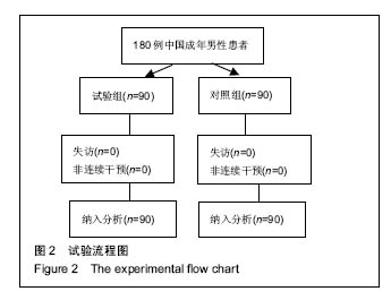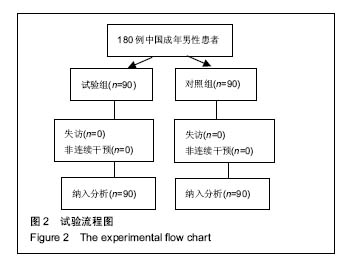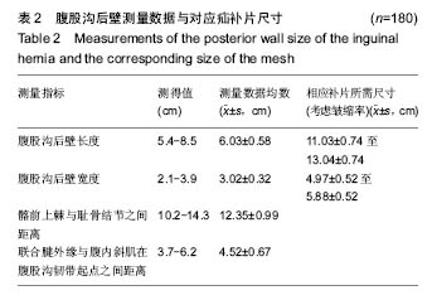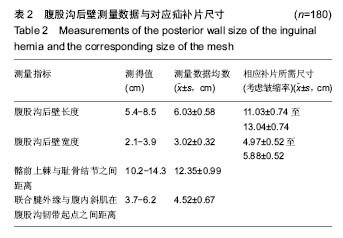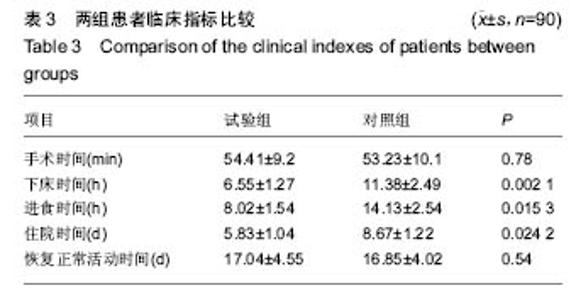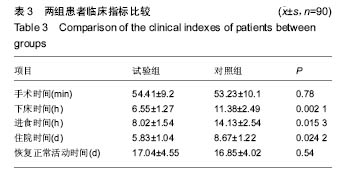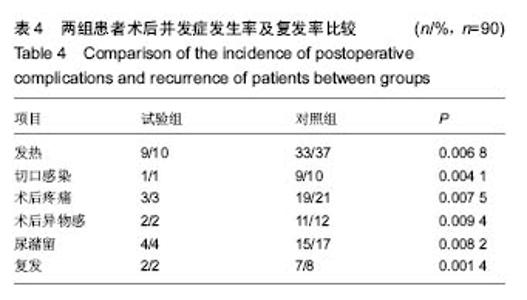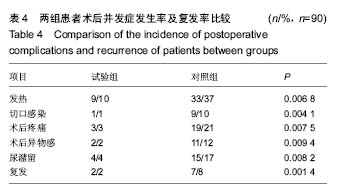| [1]姚峰,赫杰,陈倩,等.无张力腹股沟疝修补术后疝复发临床分析[J].中华普通外科杂志, 2004, 19(12): 720-721.[2]陶有金,马国杰,王谆,等.腹股沟疝无张力疝修补术后复发原因的分析及处理[J].河南外科学杂志, 2011, 17(6):115-116.[3]李亿程,黄磊,唐健雄,等. 无张力疝修补术治疗腹股沟嵌顿疝45例体会[J].中国普通外科杂志, 2006, 15(8):612-614.[4]邹冰子,隋峭崎,隋梁,等.国内成人腹股沟疝手术治疗的发展现状[J].海南医学, 2013, 24(17):2600-2602.[5]齐发梅,司玉春,贾彦娟,等.Ⅱ型糖尿病患者24h尿糖、内生肌酐清除率与尿蛋白相关性分析[J].甘肃医药, 2012, 31(5):336-338.[6]李华,何昆,李小娟. 1型糖尿病青少年患者尿微量白蛋白出现率与患病时间及血糖控制的关系[J].河北医药,2011, 33(22): 3484-3485.[7]王勇,张晶晶,曹艳,等.预防性应用抗生素对腹股沟无张力疝修补术切口感染疗效的Meta分析[J].中华普通外科杂志, 2013, 28(6): 460-463.[8]杨杰,何彪,张侠均.预防性应用抗菌药物对腹股沟无张力疝修补术后切口感染效果的荟萃分析[J].中华医院感染学杂志, 2014, 24(19):4753-4756.[9]许剑民,钟芸诗,任黎,等.无张力疝修补术在腹股沟复发疝中的应用价值[J].中华普通外科杂志, 2006, 21(8):580-581.[10]李晓斌,廖泉,杨大来, 等.无张力疝修补术在腹股沟复发疝中的应用[J].中国实用外科杂志,2005, 25(2):105-106.[11]张成,克力木,牛伟亚,等.充填式无张力疝修补术与lichtenstein修补术治疗腹股沟疝的对比研究[J].中华疝与腹壁外科杂志:电子版, 2008, 2(1):83-85.[12]李基业. 成人腹股沟疝成因的现代认识[J]. 中国实用外科杂志, 2006, 26(11): 817-818.[13]王卫军,陈军政,方钱,等.腹腔镜腹股沟疝修补术和Lichtenstein无张力疝修补术的临床对照研究[J].中国微创外科杂志,2012, 12(8):692-695.[14]颜志刚,张跃天,李锋. Bard补片和普理灵疝装置在老年腹股沟疝无张力修补术中的应用[J].中国医师进修杂志,2006,29(20): 48-51.[15]谢亮海,陈军杰,黄小敏,等. Rutkow与Lichtenstein手术在腹股沟疝治疗中的临床疗效分析[J].中国现代医学杂志, 2014, 24(4): 103-105.[16]Rutkow IM, Robbins AW. Mesh plug hernia repair: a follow-up report. Surgery. 1995;117(5):597-598.[17]饶家敏, 朱斌. 传统疝修补术与疝环充填式无张力疝修补术治疗腹股沟疝的临床对比研究[J]. 中国医药导报, 2013, 24(11): 322-325.[18]李雅琴. 疝环充填式和平片式无张力疝修补术治疗腹股沟疝疗效比较[J]. 现代中西医结合杂志, 2012, 34(11): 456-458.[19]丁汝刚. 疝环充填式无张力疝修补术治疗腹股沟疝临床疗效及安全性研究[J].中国医药导报, 2012, 9(24):42-45.[20]杨治,张光军,蒋叶平,等.腹股沟疝无张力修补术中并发症的预防501例分析[J].中华疝和腹壁外科杂志:电子版, 2011, 5(2): 204-207.[21]葛平刚,张珊珊.腹股沟疝无张力修补术116例术后并发症原因及防治分析[J].中国实用医药, 2014,9(7):133-135.[22]曹龙,杨文凯.腹股沟疝无张力疝修补术并发症原因分析及防治体会[J].中华疝和腹壁外科杂志:电子版, 2012, 6(3):868-870.[23]苟亚林,康晓东,韩爱丽.聚丙烯类补片应用于局部麻醉下腹膜前疝修补32例[J].中华疝和腹壁外科杂志电子版, 2014,8(2): 171-172.[24]姚胜,李基业,费阳,等.局麻下应用3DMax补片前入路修补腹股沟疝30例[J].中华普通外科杂志, 2012, 27(3):210-212.[25]王素珍,冯国强,王文静,等.聚丙烯编织补片皱缩率影响因素分析[J].医学美学美容:中旬刊, 2014,22(11):266.[26]赵同民,王建辉,冯国强.轻质量聚丙烯编织补片皱缩率对照研究[J].中华疝和腹壁外科杂志:电子版, 2013, 7(3):234-236.[27]王廷秀,房亚军,孙洪涛,等. 无张力疝修补术中网塞和补片的安放与固定[J].中国医师进修杂志, 2010, 33(8): 24-26.[28]杭智勇.探讨网塞式疝修补术中网塞固定技术的改进及其临床应用价值[J].医学信息, 2014,27(24):580. |
